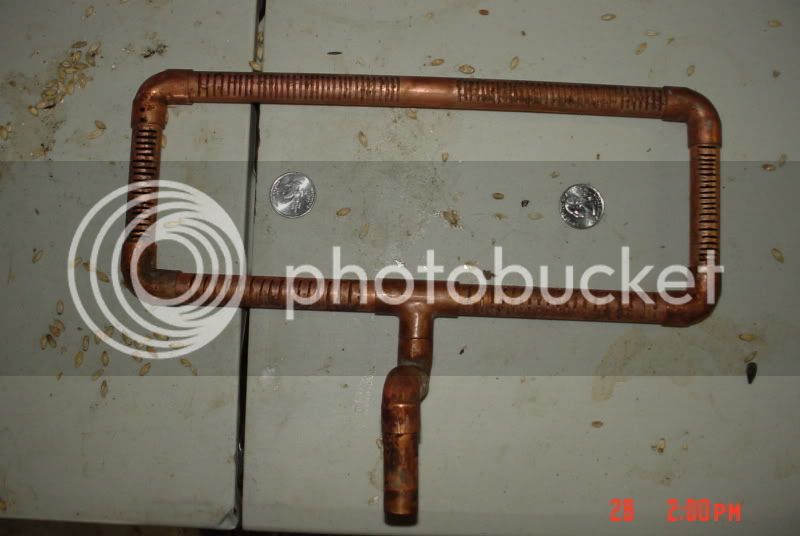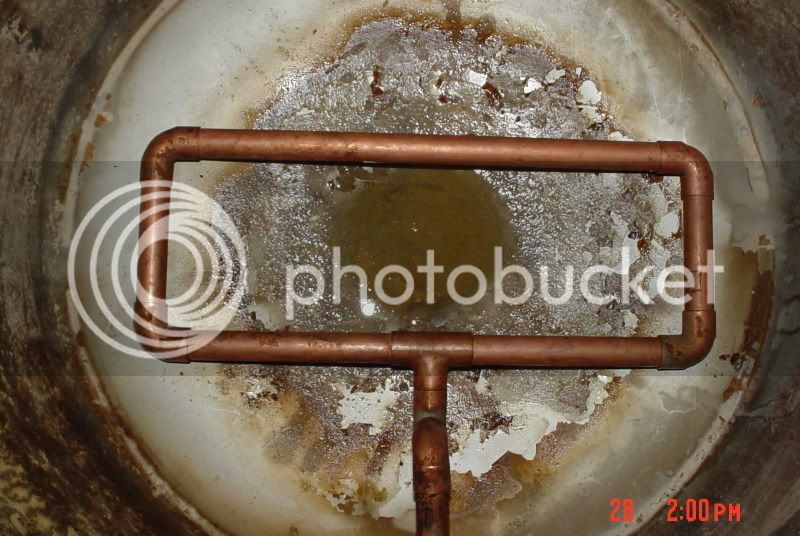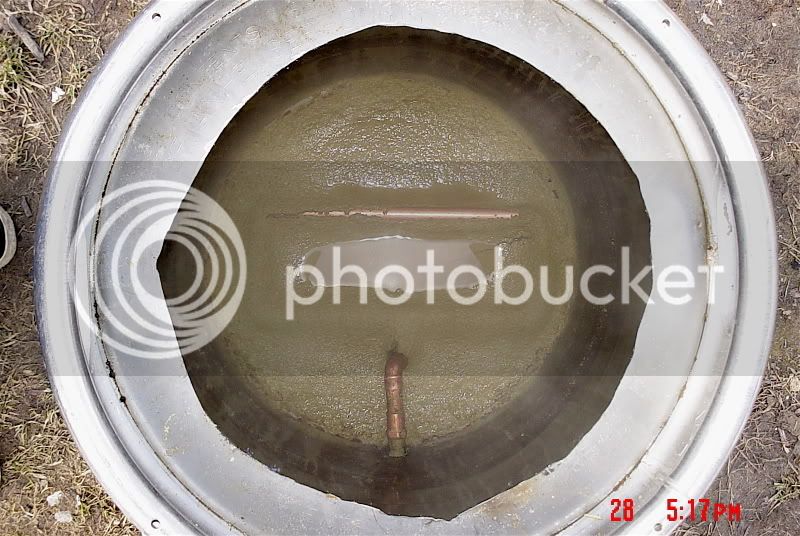count barleywine
Well-Known Member
In fact, I may use that tea cage to strain with. Mine is spherical, and opens to create two halves. When open, I could run my wort through it on its way to the funnel/screen that I usually use. I'd still be straining but maybe not as many clogs? Gonna need a few more arms, too...

































![Craft A Brew - Safale S-04 Dry Yeast - Fermentis - English Ale Dry Yeast - For English and American Ales and Hard Apple Ciders - Ingredients for Home Brewing - Beer Making Supplies - [1 Pack]](https://m.media-amazon.com/images/I/41fVGNh6JfL._SL500_.jpg)




























